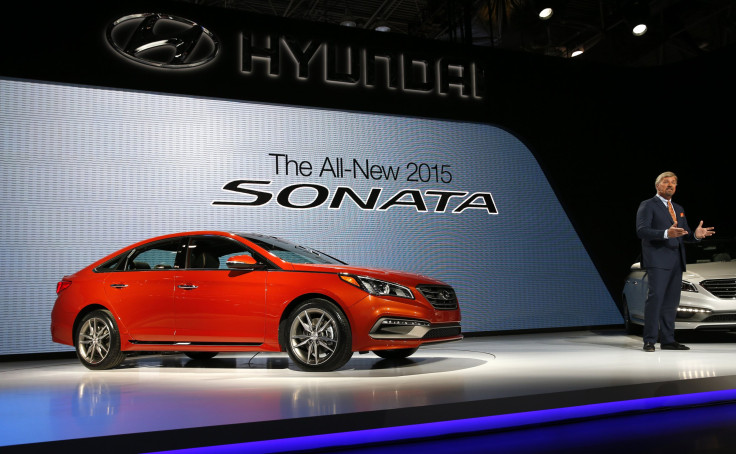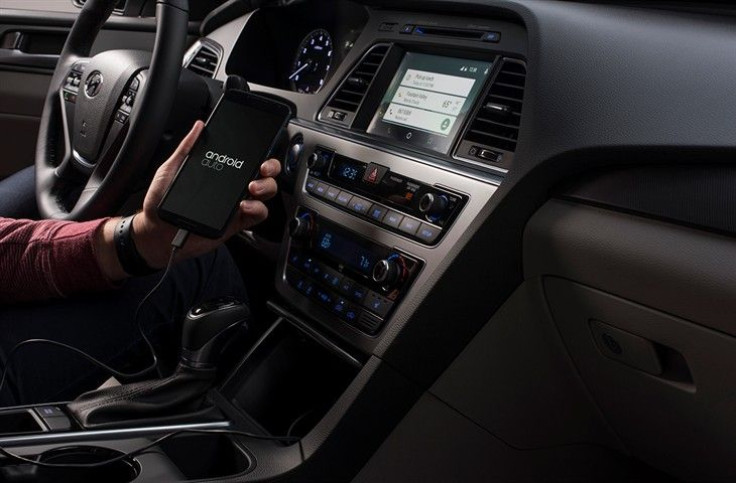Android Auto Or Apple Carplay? Automakers Will Need To Offer Both Smartphone Compatibility Systems

Starting this year, U.S. new-car buyers will increasingly be saying, “OK, Google” or “Hey, Siri” into their dashboards as automakers begin rolling out built-in, hands-free smartphone compatibility. But automakers aren’t interested in taking sides in the battle between Apple and Google and will eventually need to offer both options.
“Some customers will have iPhones and others will have Android Phones,” said Miles Johnson, a spokesman for Hyundai Motor America’s connected car division. “As a car company, you have to have both systems.”
The U.S. subsidiary of the Korean automaker announced Tuesday that it’s the first car company to launch Android Auto. Owners of 2015 Hyundai Sonata sedans equipped with the company’s navigation package will be able to plug in their smartphones and access all of its features using the Sonata’s touch-screen, in-cabin microphone and GPS antenna.

Hyundai follows Volvo, which earlier this year began selling its XC90 luxury crossover with Apple CarPlay compatibility. The first car to offer this integration was the Ferrari FF four-seater, which was unveiled last September with the same feature.
Both Google and Apple systems basically act like skins on top of in-car control systems, most of which use BlackBerry’s QNX operating system.
Google announced over a year ago that it was working with Hyundai, Honda and Audi to get Android Auto into their cars as part of a plan to have Android operating across 28 auto manufacturers. Meanwhile, Apple is working with General Motors, Honda and BMW. Dozens of manufacturers have expressed interest, and most if not all will likely have to offer both systems in all cars, at least in markets like the U.S., where Apple’s iOS commands about 37 percent of the market.
It looks very good for Google, globally speaking, because Android is a dominant player in most global emerging markets. As smartphone compatibility trickles down into more mainstream cars, Android could wind up the in-car operating system of choice.
But Apple commands a significant market share in the world’s largest auto markets, except China, so car companies will need eventually to offer both options to customers to avoid alienating one or the other.
This coupling of smartphone and automotive electronics poses a considerable engineering challenge. Smartphones update constantly, and in-car systems have to stay abreast of those changes. Johnson said it took Hyundai engineers 18 months to build Android Auto compatibility.
The company has been quietly testing the system at the Hyundai Kia America Technical Center near Ypsilanti, Michigan. Hyundai had said Apple CarPlay would be available by the end of the first quarter, but there's no word yet on when it will be available for the 2015 Sonata.
“We’re working hard to get Apple integration as fast as possible,” said Johnson. The installation on cars built for smartphone compatibility can be done in about 45 minutes through a dashboard USB port.
© Copyright IBTimes 2024. All rights reserved.












